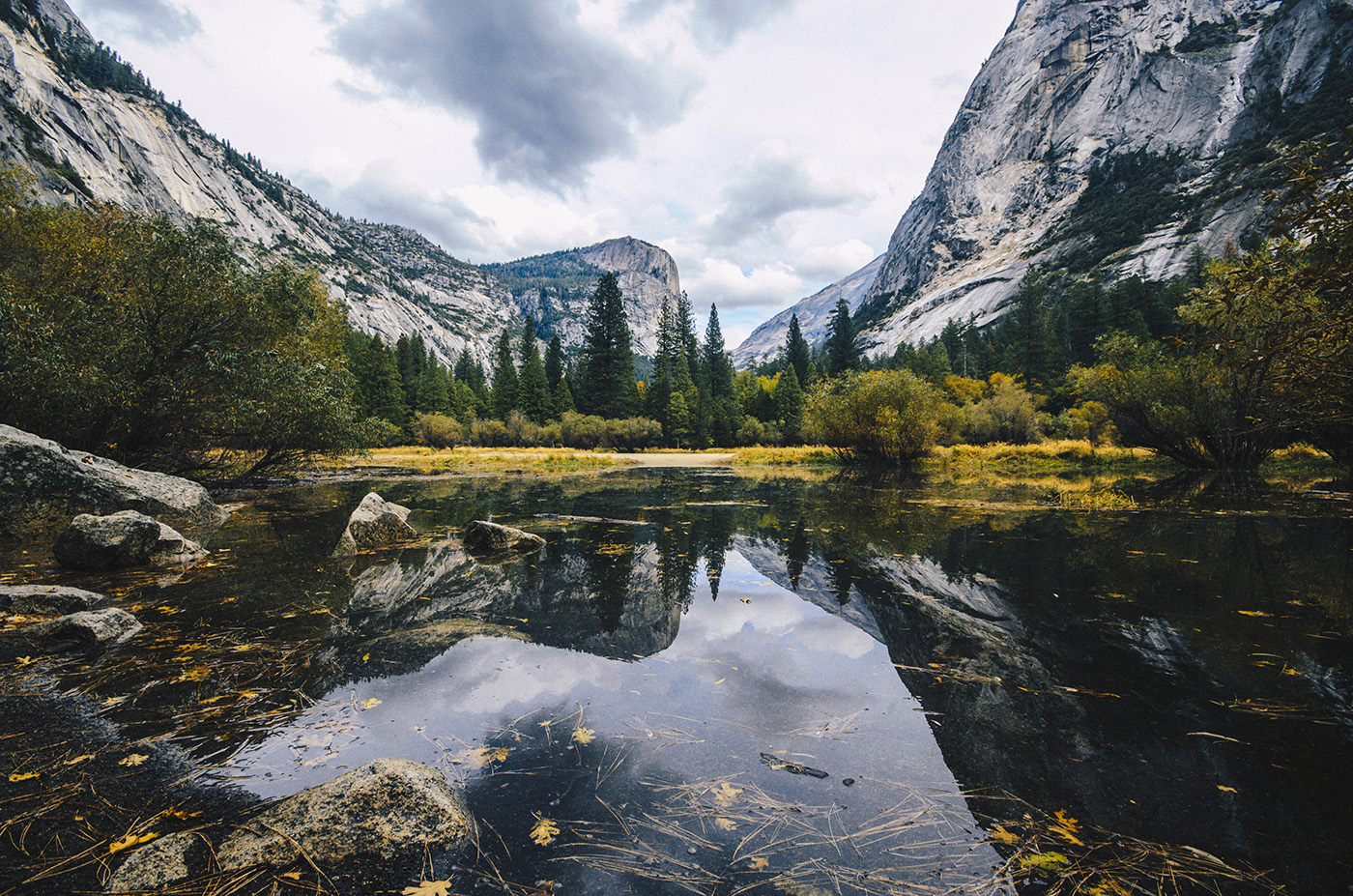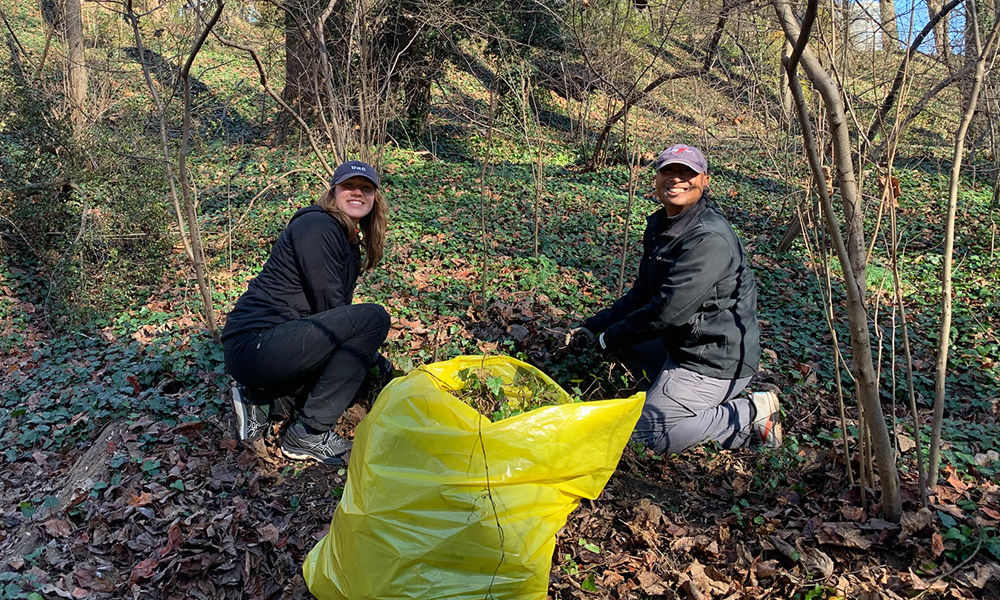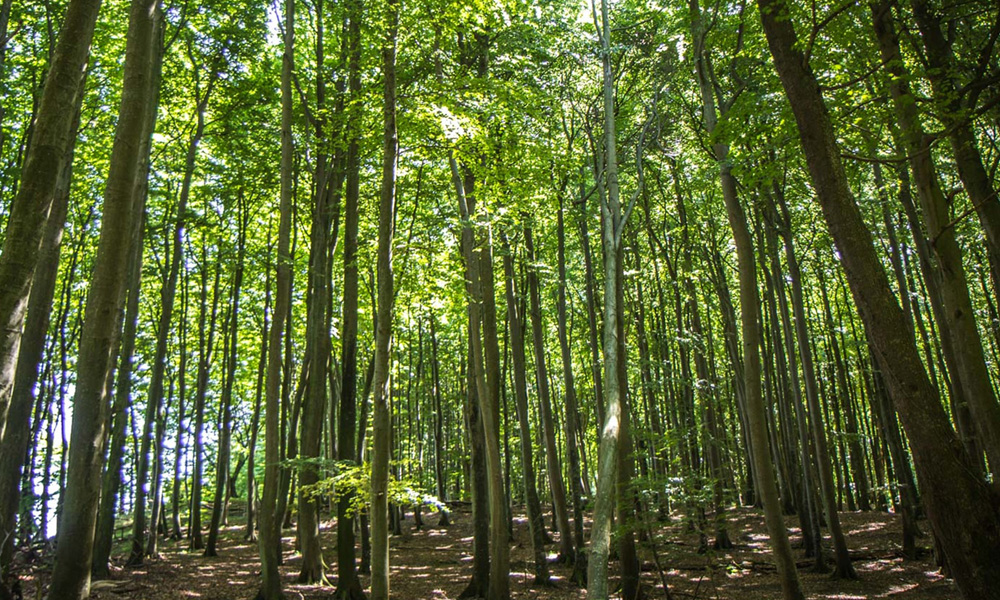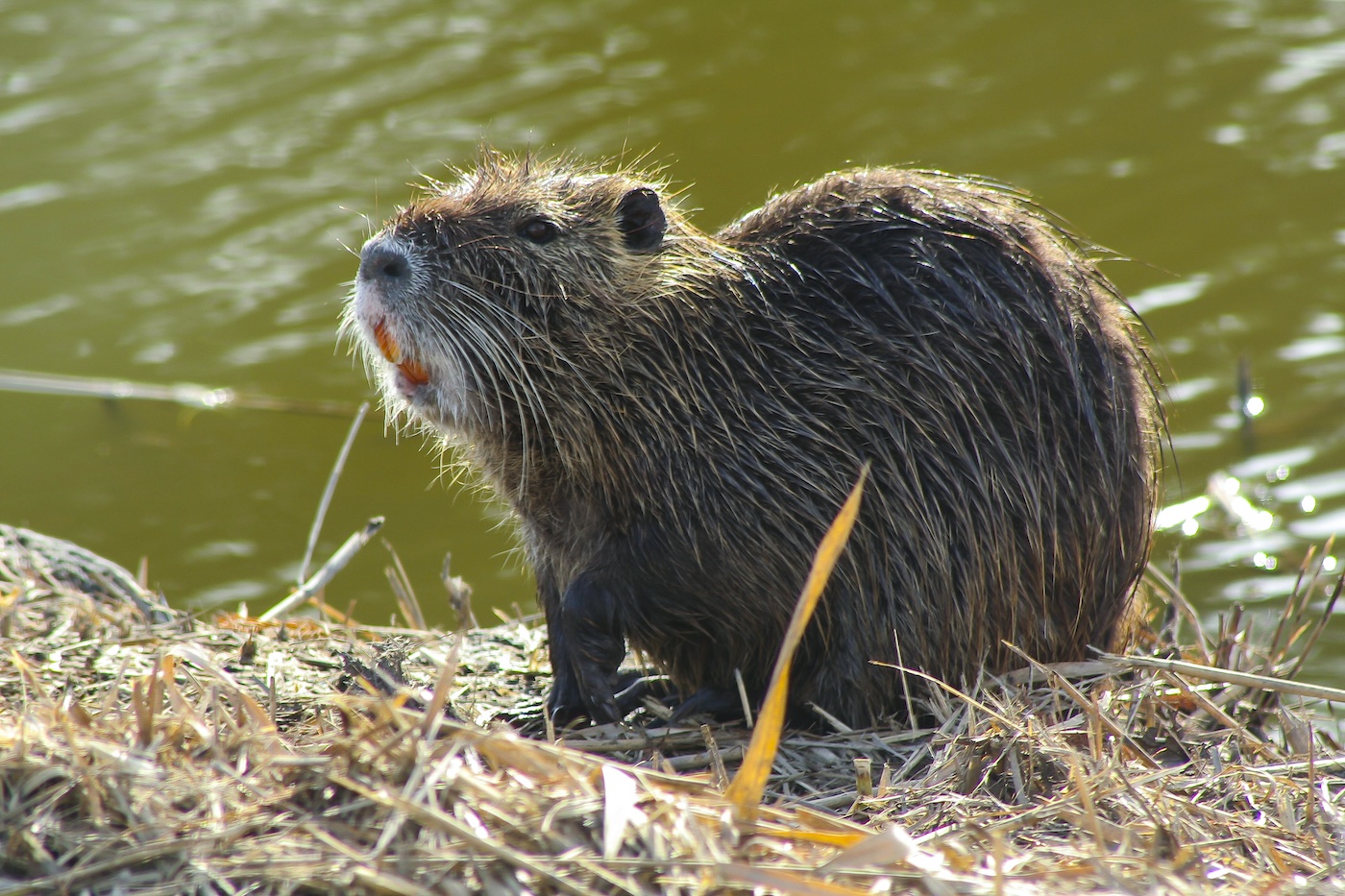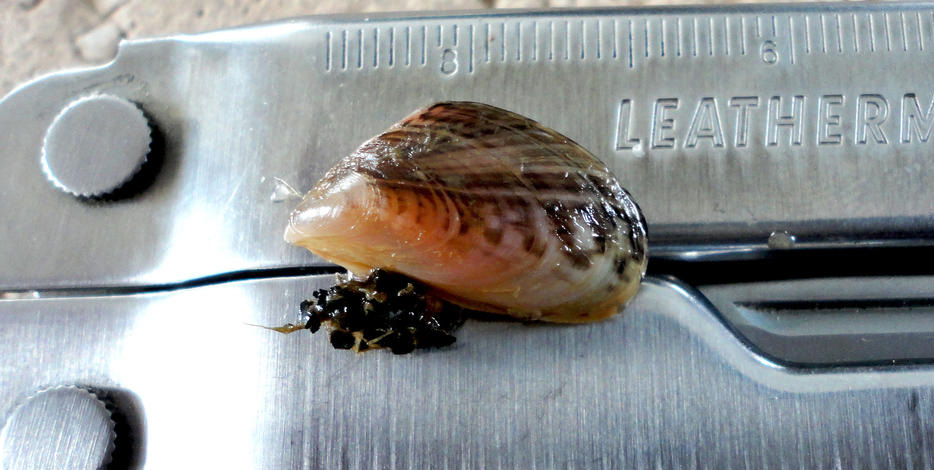Webinar: Preventing the Spread of Invasive Species through PlayCleanGo and WorkCleanGo
PlayCleanGo®: Stop Invasive Species In Your Tracks® is NAISMA’s official, branded, registered, trademark-protected education and outreach program aimed at stopping the spread of invasive species through outdoor recreational pathways. The […]




